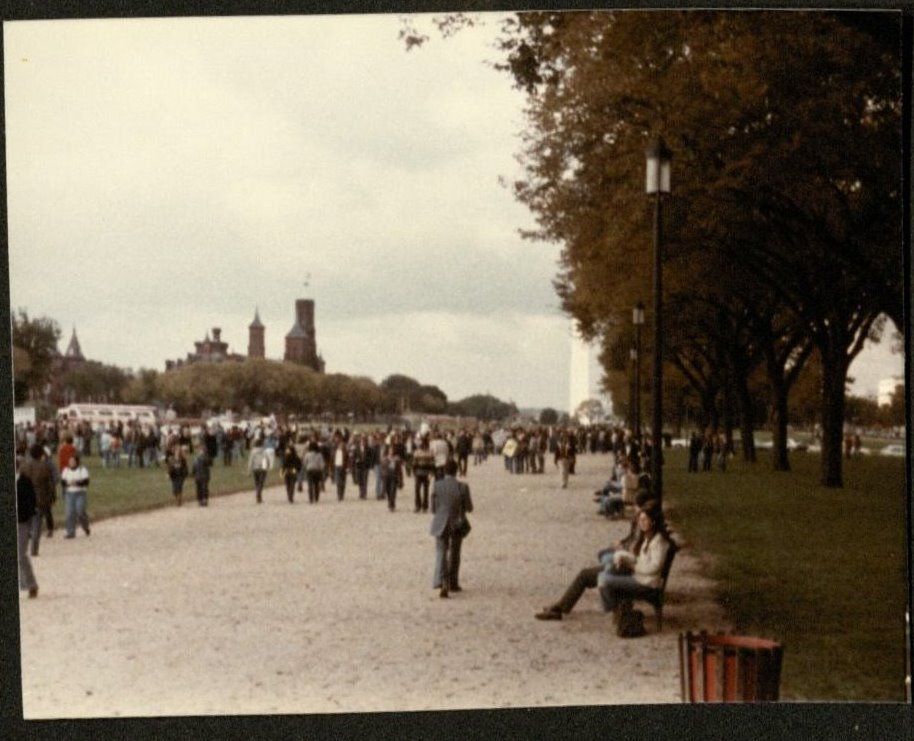Welcome to Our Summer Interns!
Meet Grayson and Grace—two of our outstanding summer interns at the Ohio History Connection!
The way archives and museums collect has changed a lot over time. Many organizations in the United States started collecting during the mid to late 1800s, right around the same time the Ohio History Connection was founded.
The ways we think about and study history change frequently and so does the way we collect primary sources. When archives first began collecting, they often had few rules about what to take- as long as it was historic in nature, that was okay. Without the technology archivists have been blessed with today, records of incoming objects were marked in paper ledgers or, even worse, preserved only in the mind of the archivist.
This means a lot of history organizations now have items in their collections that don’t really fit their current mission. At the Ohio History Connection Archives and Library, we often stumble upon an item collected years ago that has no Ohio connection. We try to send these types of items to an archive that collects that sort of material. This helps us keep our collections in order, and it helps researchers know where to find what they are interested in.
Sometimes an archivist in a library somewhere else around the world finds an item related to Ohio and contacts us. Quite often, they don’t know how the item came to be in their care, because the records were lost to time. This can be a heartbreaking moment for an archivist, because knowing who or where a collection came from can be key to understanding it. This is why we record copious amounts of information in archives now- we learned from the results of our predecessors mistakes.
Recently, the Ohio History Connection received a collection from another archive about the Snyder family of Ohio. This collection holds some great stories, but there’s also a few that have unfortunately gone missing with time.
Devis’s scrapbook seems to have been kept by Martha Snyder Devis, Karls’ younger sister. The two grew up together in Columbus, Ohio, where their mother, Mary Snyder still resided. For a portion of World War II, Martha was able to stay with Donald on base. The scrapbook is filled with happy memories and souvenirs from Donald’s time in Europe.
While it is unfortunate that we have lost many stories of the early Snyder family to time, we are lucky that Mary and Martha took such care in compiling these scrapbooks. There is a lot to be learned from the items that they saved. Preserving our past is complicated, but we are getting better at it, one collection at a time.
 One last piece of information- Karl’s mother Mary Snyder also served in the military. During World War I she was an accomplished stenographer, working in New Mexico.
One last piece of information- Karl’s mother Mary Snyder also served in the military. During World War I she was an accomplished stenographer, working in New Mexico.